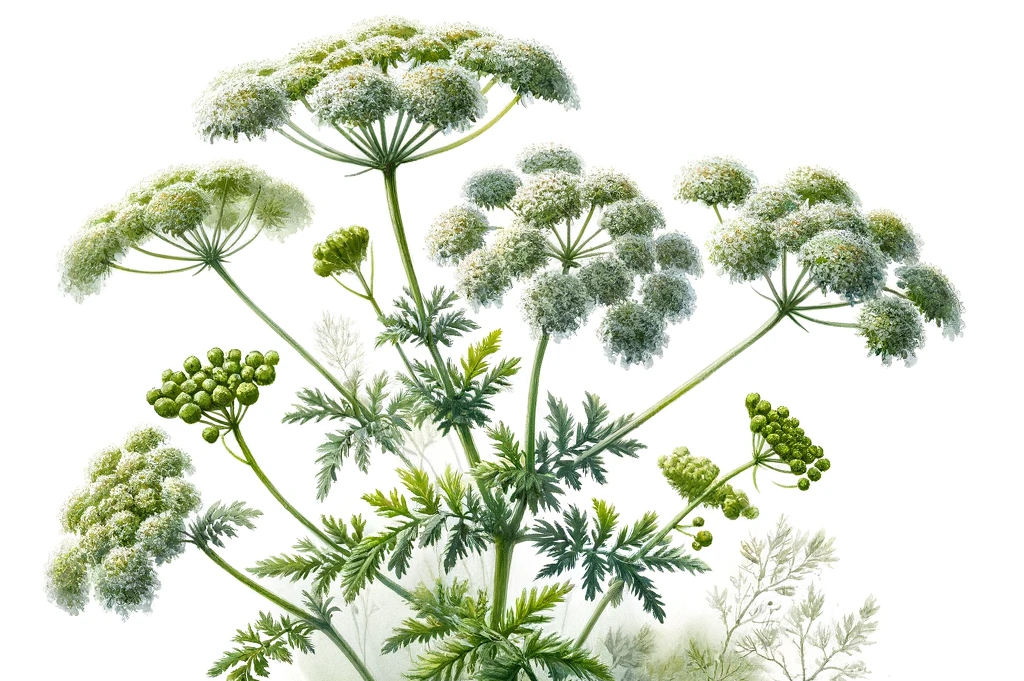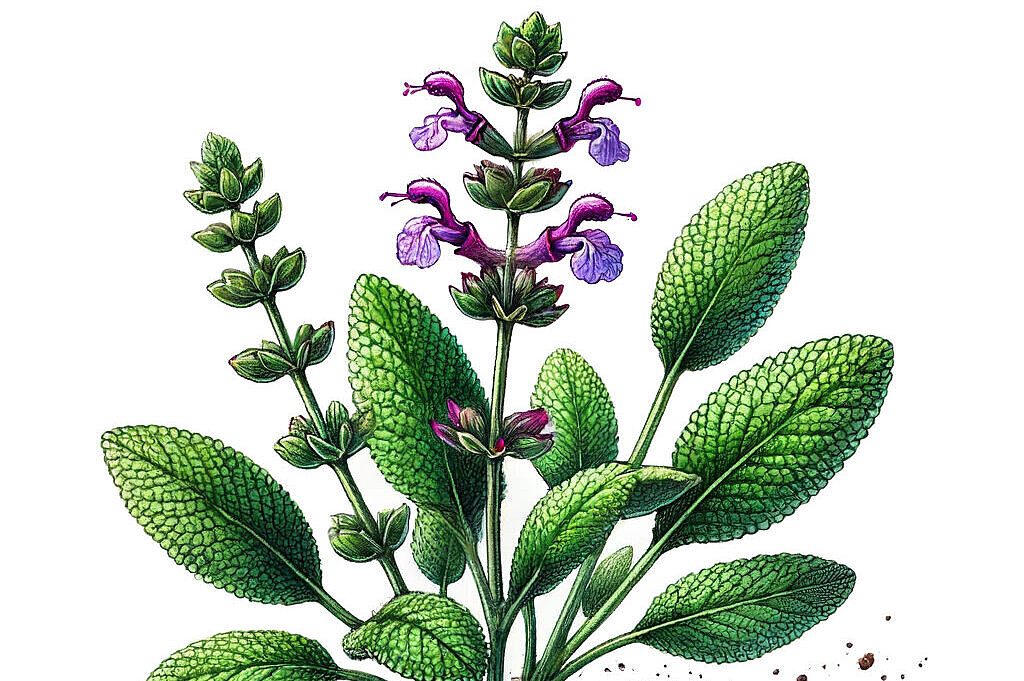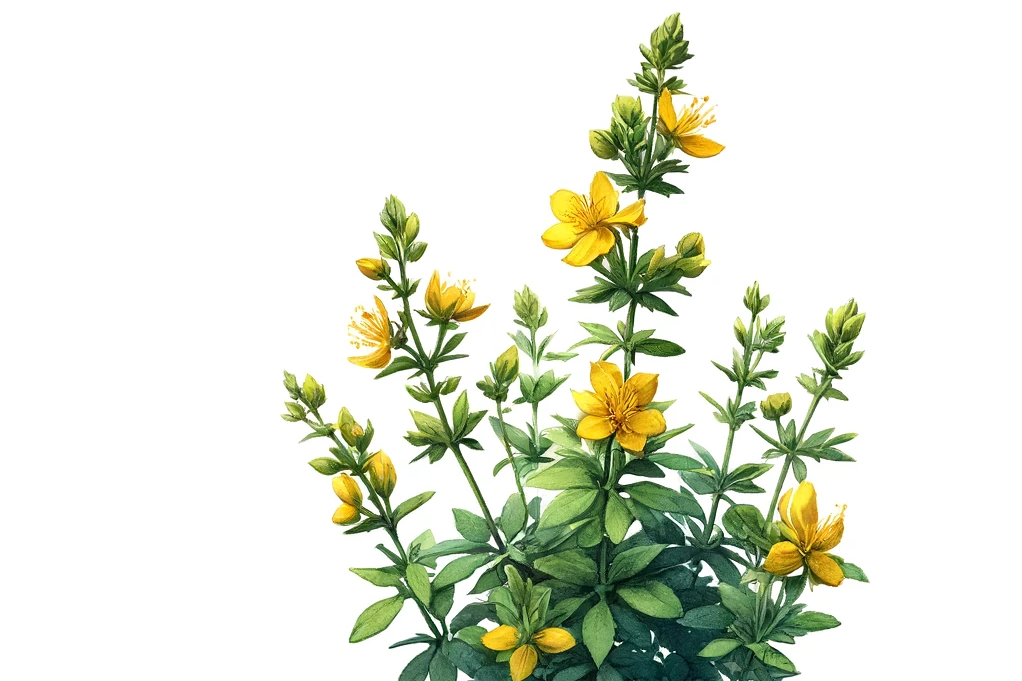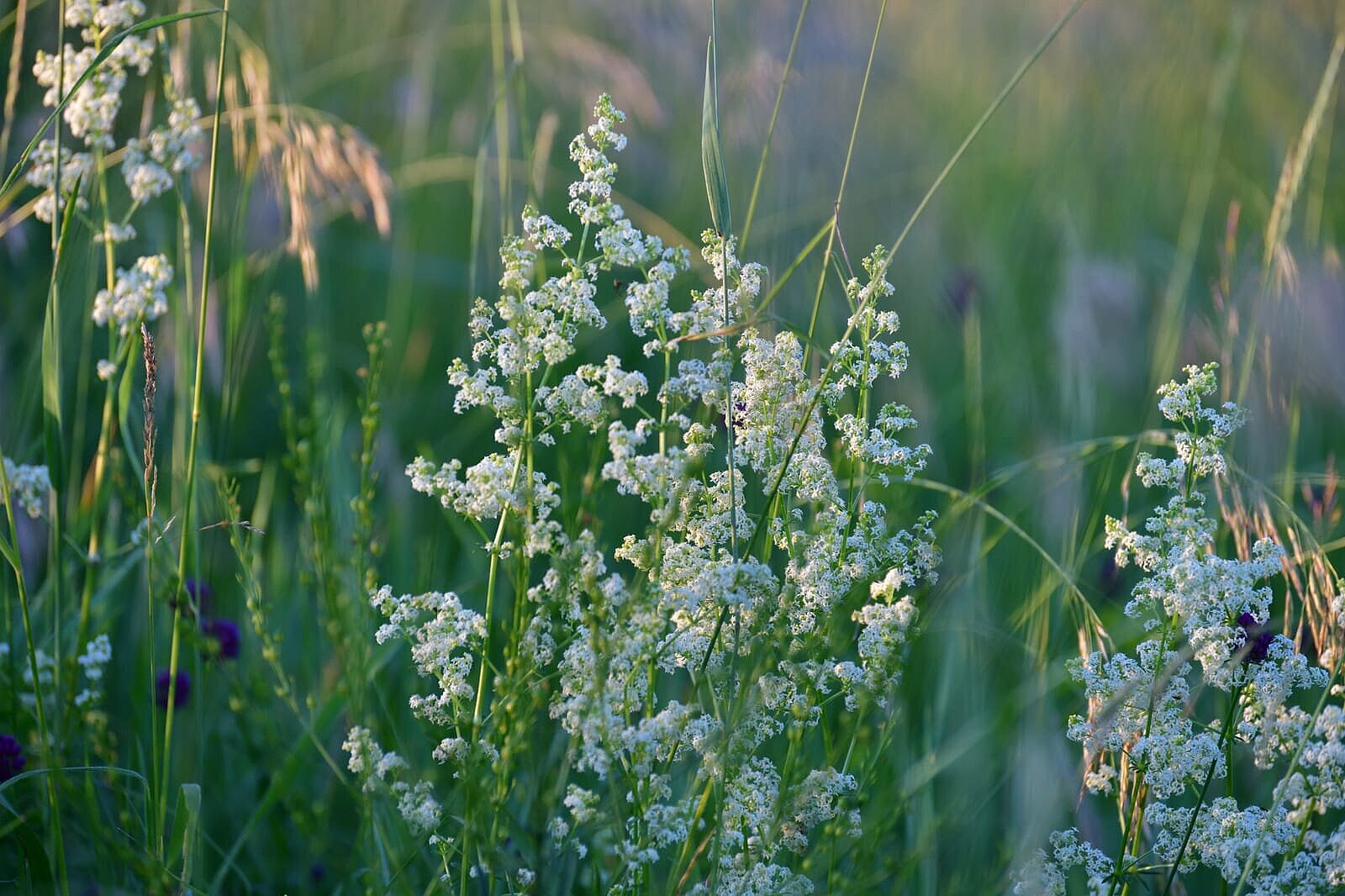Mullein
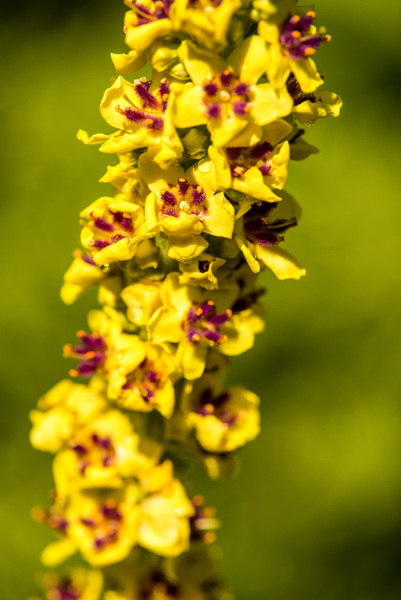
What is mullein?
Mullein (Verbascum) is a genus of plants belonging to the brownroot family. There are around 300 species of mullein, which are mainly found in Europe, Asia and North Africa. The best known are the large mullein (Verbascum thapsus) and the woolly mullein (Verbascum phlomoides). The plants grow up to two meters high and have a thick stem with large leaves and many small yellow flowers.
Mullein has been used as a medicinal plant since ancient times. It contains mucilage, flavonoids, saponins, tannins and essential oils. These ingredients have various effects on the body, such as
- Expectorant: mullein helps with coughs and respiratory problems by liquefying mucus and making it easier to cough up.
- Anti-inflammatory: Mullein is effective against inflammation in the mouth and throat, in the ears or on the skin.
- Wound healing: Mullein promotes the healing of minor injuries or skin irritations.
- Calming: Mullein has a relaxing effect on the nervous system and can help with stress or sleep disorders.
How can mullein be used for dogs?
Mullein can be used for dogs in various forms, depending on the ailment you want to treat. The most common are
- Tea: You can make a tea from the dried flowers or leaves by pouring hot water over one teaspoon per cup and leaving to infuse for ten minutes. The tea can be mixed into the dog's drinking water or given into the mouth with a syringe. The tea is particularly suitable for coughs or respiratory problems.
- Tincture: You can make a tincture from the fresh or dried flowers or leaves by covering them with alcohol in a glass jar and leaving them to stand for two to four weeks. The tincture can be added to the dog's food or water or applied directly to the skin. The tincture is particularly suitable for inflammations or wounds.
- Ointment: You can make an ointment from the fresh or dried flowers or leaves by heating them in a pan with fat (e.g. coconut oil) and then straining. The ointment can be smeared on the dog's skin or massaged into the ears. The ointment is particularly suitable for skin irritations or ear infections.
What are the benefits of mullein for dogs?
Mullein has a number of benefits for dogs, for example:
- It is a natural alternative to chemical medications.
- It is readily available and inexpensive.
- It has a broad spectrum of action and can help with various ailments.
- It usually has no side effects or interactions with other medications.
What are the disadvantages of mullein for dogs?
Mullein also has some disadvantages for dogs, for example:
- It is not suitable for every dog. Some dogs may be allergic to mullein or experience gastrointestinal problems.
- It is not always sufficiently effective. In the case of serious or chronic illnesses, you should always consult a vet and not just rely on mullein.
- It is not always dosed correctly. You should always choose the right amount and form of mullein for your dog and not give too much or too little.
Mullein is a medicinal plant for dogs that can help with various ailments. It has many advantages, but also some disadvantages. You should always be careful when using mullein for your dog.
If you notice any signs of hypersensitivity or poisoning in your dog, you should see your vet immediately. We are not a substitute for a vet, but we try to be as accurate as possible. Every dog reacts differently and we recommend you get a second opinion or consult your vet if in doubt.
Stay healthy and take good care of your four-legged friend!😊
Similar to Mullein
Yarrow (Achillea millefolium) is a perennial plant from the Asteraceae family. It has finely pinnate leaves and white or pink flowers that are arranged in flat umbels. The plant grows to a height of...
Sage (Salvia officinalis) is a plant from the labiate family. It is native to Europe and the Mediterranean region and has been used in cooking and as a medicinal plant since ancient times. Sage is a...
St. John's wort, also known as Hypericum perforatum, is a flowering plant that is native to Europe, Asia and North America. The plant has been used for centuries in folk medicine to treat various...
Bedstraw belongs to the rue family and is widespread in Europe, Asia and North America. It grows mainly along roadsides, in meadows and in sparse forests. There are different types of bedstraw, such...
